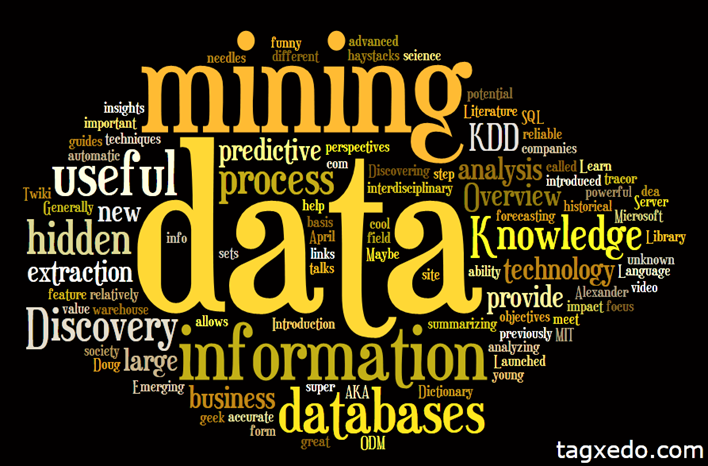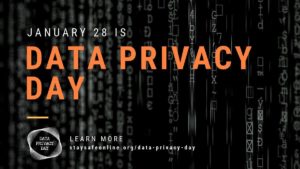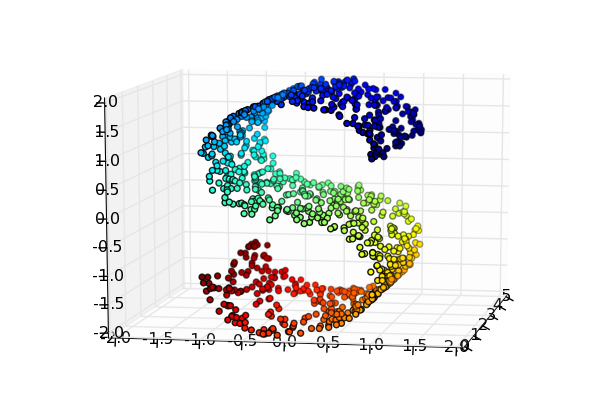In the world of big data analytics, there are several emerging standards for measuring Analytics Capability Maturity within organizations. One of these has been presented in the TIBCO Analytics Maturity Journey – their six steps toward analytics maturity are: Measure, Diagnose, Predict and Optimize, Operationalize, Automate, and Transform. Another example is presented through the SAS Analytics Assessment, which evaluates business analytics readiness and capabilities in several areas. The B-eye Network Analytics Maturity Model mimics software engineering’s CMM (Capability Maturity Model) – their 6 levels of maturity are: Level 0 = Incomplete; Level 1 = Performed; Level 2 = Managed; Level 3 = Defined, Level 4 = Quantitatively Managed; and Level 5 = Optimizing.
The most “mature” standard in the field is probably the IDC Big Data and Analytics (BDA) MaturityScape Framework. This BDA framework (measured across the five core dimensions of intent, data, technology, process, and people) consists of five stages of maturity, which essentially parallel the others mentioned above: Ad hoc, Opportunistic, Repeatable, Managed, and Optimized.
All of these are excellent models for analytics maturity. But, if you find these different models to be too theoretical or opaque or unattainable, then I suggest a more practical model for your business analytics progression from ground zero all of the way up to cognitive analytics: from Descriptive and Diagnostic, to Predictive, to Prescriptive, and finally to Cognitive.
A specific example from the field of Marketing is SYNTASA‘s PMI (Personalization Maturity Index). Personalization Capability Maturity parallels the Analytics Capability Maturity frameworks within the specific context of data-driven customer-centric one-to-one marketing and segmentation of one. Read more about this in the article “The Battle for Customer Personalization – Divisive Clustering is Good For You” and in much more detail within SYNTASA’s PMI white paper linked above.
(continue reading here: https://www.mapr.com/blog/raising-standard-big-data-analytics-profession)
Follow Kirk Borne on Twitter @KirkDBorne





